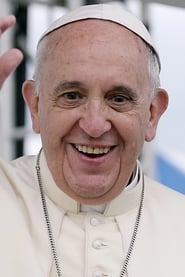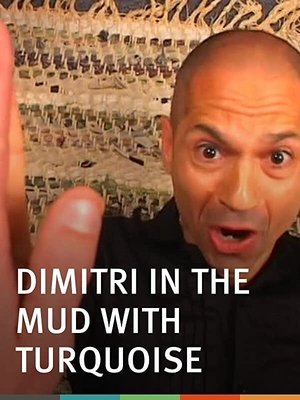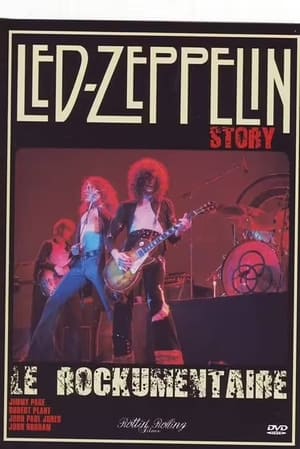

Francis: A Pope Among the People(2025)
Movie: Francis: A Pope Among the People

Francisco: Un Papa entre la gente
HomePage
Overview
Release Date
2025-05-01
Average
0
Rating:
0.0 startsTagline
Genres
Languages:
EspañolKeywords
Similar Movies
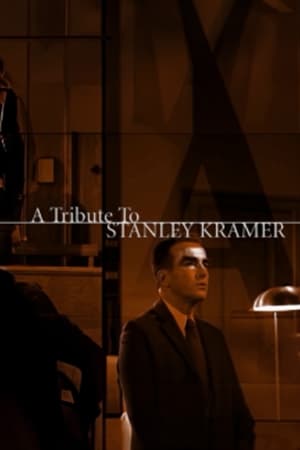 0.0
0.0A Tribute to Stanley Kramer(en)
A celebration of Stanley Kramer's life and career, featuring interviews with Karen Sharpe, his widow, and screenwriter Abby Mann.
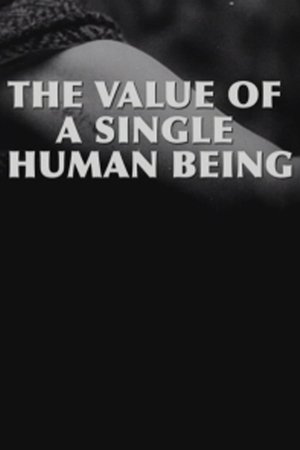 0.0
0.0The Value of a Single Human Being(en)
Abby Mann discusses his Oscar-winning screenplay and his inspirations.
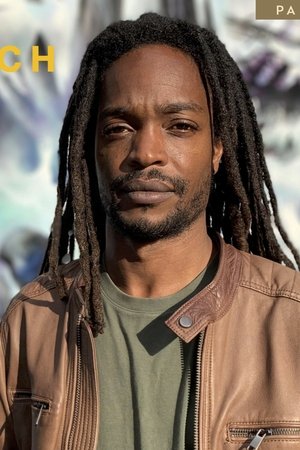 0.0
0.0Sex on the Beach(en)
In recent years, stories of older British women hooking up with younger Gambian men have made news headlines, from one-night stands to whirlwind weddings. But what's the truth behind the stories? Seyi Rhodes investigates.
 0.0
0.0In Conversation: Abby Mann and Maximillian Schell(en)
The actor and the writer reminisce about working on both the Playhouse 90 and Stanley Kramer versions of "Judgment at Nuremberg."
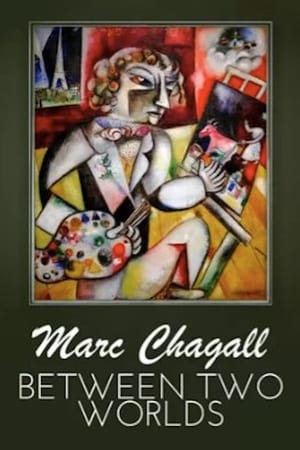 0.0
0.0Marc Chagall – Between Two Worlds(fr)
Marc Chagall was an artist caught between two worlds, between traditional art and modernism, figuration and abstraction. The film accompanies him on an important stage of his life from 1910 to 1930, between Paris and Vitebsk. Chagall's home town was a laboratory for the artistic avant-garde in Belarus, while Paris was the center of modern art movements.
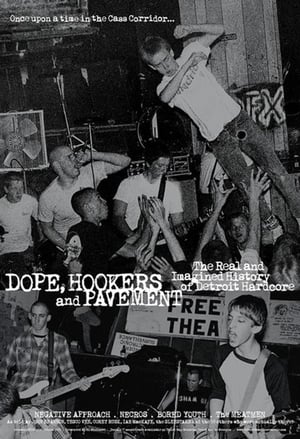 0.0
0.0Dope, Hookers and Pavement(en)
"Dope, Hookers and Pavement" is a lively and unfiltered account of the early days of the Detroit hardcore punk scene, circa 1981-82, in the notorious Cass Corridor, arguably one of the worst neighbourhoods in the city at the time. Featuring over 70 in-depth interviews — including John Brannon (Negative Approach), Tesco Vee (Meatmen, Touch and Go), Ian MacKaye (Minor Threat, Dischord Records), pro skater Bill Danforth, scene kids, and members of the Necros, The Fix, Violent Apathy and Bored Youth — and never-before-seen Super8 footage of the Freezer, "Dope, Hookers and Pavement" is both hilarious and reflective, and an overdue record of a nearly invisible but magic little moment in the long history of Detroit rock'n'roll.
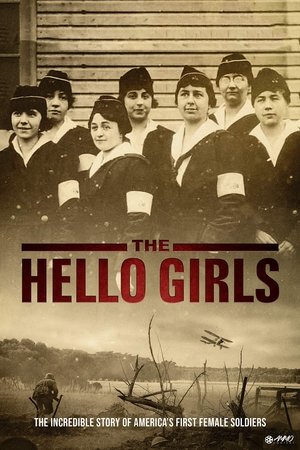 8.0
8.0The Hello Girls(en)
In 1918, the U.S. Army Signal Corps sent 223 women to France as telephone operators to help win the Great War. They swore Army oaths, wore uniforms, held rank, and were subject to military justice. By war's end, they had connected over 26 million calls and were recognized by General John J. Pershing for their service. When they returned home, the U.S. government told them they were never soldiers. For 60 years, they fought their own government for recognition. In 1977, with the help of Sen. Barry Goldwater and Congresswoman Lindy Boggs, they won. Unfortunately, only a handful were still alive.
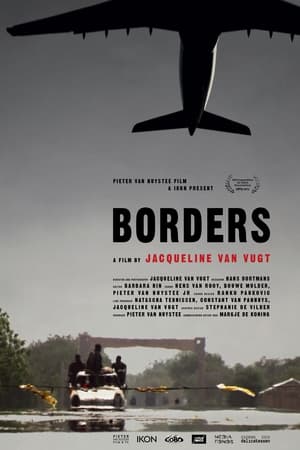 0.0
0.0Borders(en)
A film about borders and border checkpoints, poetically following the people that come into contact with them - one way or another. Borders is about men and women dreaming of a better life in Europe and the high price they often have to pay for it - if they succeed at all. Without taking an immediate moral stance, the film follows the route that many immigrants take from the heart of Africa to the centre of Europe, stopping at each border: Nigeria, Niger, Burkina Faso, Mali, Senegal , Mauritania, Morocco, Spain, France, Belgium, and finally, the Netherlands.
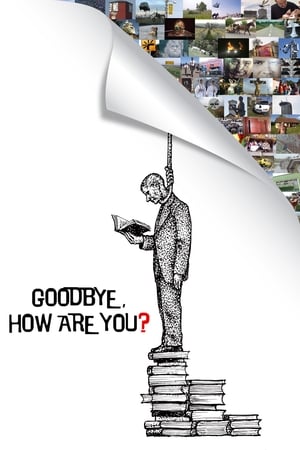 7.8
7.8Goodbye, How Are You?(sr)
Jokes as a weapon of resistance: how satire sustains a beleaguered culture.
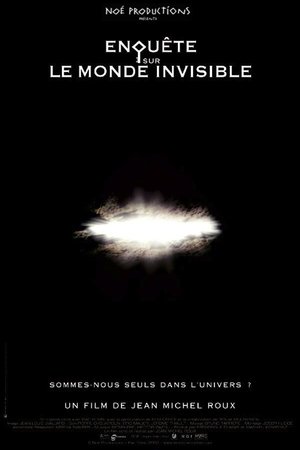 6.0
6.0Investigation Into the Invisible World(fr)
A feature length documentary shot in Iceland on mediums and the relationship between humans and invisible beings such as elves ghosts, angels, water monsters and extra-terrestrials. The film is a journey to the frontiers of life questioning the scope of our existence. Are we alone in the universe? If life exists in other dimensions, it's worth knowing more.
 0.0
0.0Dopamine(en)
Dopamine is a naturally occurring chemical in the brain that influences movement and reward. At the core of progressive snowboarding, it is movement and reward that provide a natural motivation for riders like Bode Merrill, Victor De Le Rue, and Brandon Cocard to evolve and innovate. These explorers of mountain and mental landscapes led the charge this year, changing the definition of what can be done on a snowboard, and changing the guard. From the Yukon, Kootenays, Valhallas, Monashees, Dolomites, and Pyrenees, the Absinthe crew proves Dopamine is free, but you have to get out there to earn it.
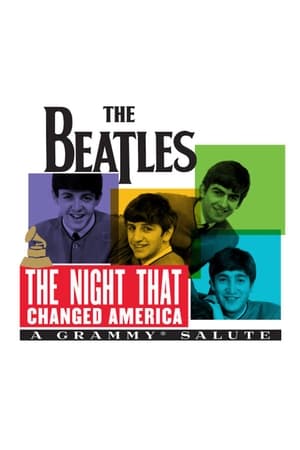 7.1
7.1The Night That Changed America: A Grammy Salute to the Beatles(en)
In celebration of the 50th anniversary of The Beatles' first appearance on The Ed Sullivan Show, this magnificent star-studded tribute salutes the Fab Four. Appearing with Paul McCartney and Ringo Starr were guest musicians Joe Walsh, Gary Clark, Jr., Stevie Wonder, The Eurythmics, John Legend, Alicia Keys, Maroon 5, Dave Grohl, Katy Perry, Peter Frampton, and more.
 4.2
4.2Song 5(en)
SONG 5: A childbirth song (the Songs are a cycle of silent color 8mm films by the American experimental filmmaker Stan Brakhage produced from 1964 to 1969).
 7.1
7.1Nanook of the North(en)
This pioneering documentary film depicts the lives of the indigenous Inuit people of Canada's northern Quebec region. Although the production contains some fictional elements, it vividly shows how its resourceful subjects survive in such a harsh climate, revealing how they construct their igloo homes and find food by hunting and fishing. The film also captures the beautiful, if unforgiving, frozen landscape of the Great White North, far removed from conventional civilization.
 6.9
6.9Olympia: Part One – Festival of the Nations(de)
Commissioned to make a propaganda film about the 1936 Olympic Games in Germany, director Leni Riefenstahl created a celebration of the human form. This first half of her two-part film opens with a renowned introduction that compares modern Olympians to classical Greek heroes, then goes on to provide thrilling in-the-moment coverage of some of the games' most celebrated moments, including African-American athlete Jesse Owens winning a then-unprecedented four gold medals.
 6.7
6.7Olympia: Part Two – Festival of Beauty(de)
Commissioned to make a propaganda film about the 1936 Olympic Games in Germany, director Leni Riefenstahl created a celebration of the human form. Where the two-part epic's first half, Festival of the Nations, focused on the international aspects of the 1936 Olympic Games held in Berlin, part two, The Festival of Beauty, concentrates on individual athletes such as equestrians, gymnasts, and swimmers, climaxing with American Glenn Morris' performance in the decathalon and the games' majestic closing ceremonies.
 6.7
6.7Workers Leaving the Lumière Factory(fr)
Working men and women leave through the main gate of the Lumière factory in Lyon, France. Filmed on 22 March 1895, it is often referred to as the first real motion picture ever made, although Louis Le Prince's 1888 Roundhay Garden Scene pre-dated it by seven years. Three separate versions of this film exist, which differ from one another in numerous ways. The first version features a carriage drawn by one horse, while in the second version the carriage is drawn by two horses, and there is no carriage at all in the third version. The clothing style is also different between the three versions, demonstrating the different seasons in which each was filmed. This film was made in the 35 mm format with an aspect ratio of 1.33:1, and at a speed of 16 frames per second. At that rate, the 17 meters of film length provided a duration of 46 seconds, holding a total of 800 frames.
 0.0
0.0Out of the Shadows: Awaking Italy's Past(en)
Italy, founder of fascism, still tolerates its sympathies. Is its government allowing the past to live on? With the far-right set to gain in European elections, is the extreme becoming mainstream?
